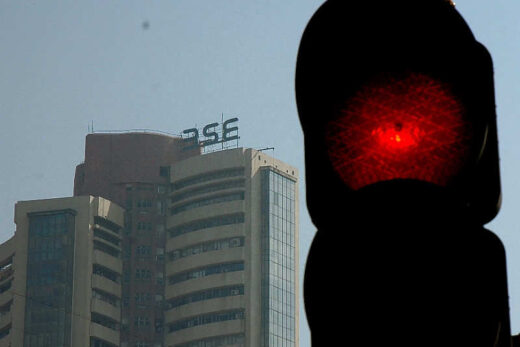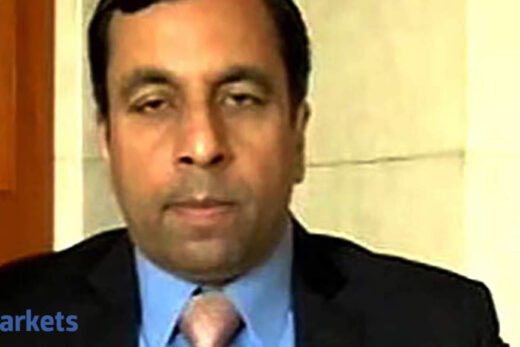Indian markets are outperforming. We are staring at a market like never before. While nobody is complaining, at least nobody who is long in the market is complaining about this outperformance. My question is do you think this outperformance is real and is it here to stay?
This outperformance is a function of multiple factors. One is obviously that the Indian market itself has done well. That is because of the sheer construct of the market. During the severe second Covid wave in April, May, June, global cyclicals which are tech or commodity names kept the market up. As we saw Covid recede, vaccinations picked up.
We have seen some of these domestic cyclicals, the consumer discretionary names and now banks pick up the baton. That is because of the sheer construct of the market. We do not see the pain in index when domestic cyclicals go through that and it explains good performance from the market as a whole.
The outperformance factor comes from the underperformance of China. We have seen China underperform big time in the last three months particularly and that has happened because of defaults by Evergrande, some of the issues with the internet companies which they wanted to regulate and control, etc. That is why compared to the EM benchmark or compared to China, there would be 30-35% outperformance.
We saw this kind of outperformance in 2014 when Prime Minister Modi got elected for the first term and that changed the India narrative. Another example was in 2007, when we famously used the word decoupling. Is India getting re-rated because of some of the factors you mentioned?
In the last seven, eight years when most countries suffered from underinvestment, China was overinvested in. There was a lot of promise when Modi became Prime Minister in 2014, but the subsequent years saw some cleansing as most of the banks were saddled with high NPAs. Then came demonetisation and then GST. As a result, the economy never really picked up and what we are seeing now is pent-up demand and it seems all things are falling in place. We have got robust demand for IT services; wage hikes are fairly high and that creates its own virtuous cycle.
We have also seen the PLI scheme work wonders for the country. Last year, despite such severe Covid, which impacted travel into the country and literally kept the country shut for nearly two or three months, India got nearly $60-65 billion of FDI flows. So lots of good things are happening in the background. When it gets played out in stock prices, it is almost all at once and that is where the gains look a bit on the higher side or exacerbated.
But we have always kind of told our investors that one should play the economic cycle. In the beginning of the economic cycle, valuations may look expensive, but as operating leverage plays out, this whole story of corporate profits to GDP which are currently 2.5-3% could go to 4.5-5%. Nobody is expecting them to go back to the heydays of 7% but as that plays out, one can make money in the market. Along the way, one will get bumps. Stagflation becomes a near term concern as commodity prices move up.
Nobody can predict what is happening next but we can certainly prepare for a downside or more volatility. What are you doing? Are you reducing your exposure in certain sectors? Are you buying puts? How are you preparing your portfolio to protect returns and benefit from the volatility?
Let us look at parts of the market which are priced to near perfection and which can get negatively impacted with higher commodity prices. Consumer discretionary would be one sector, particularly the durable space where stocks have done really well and would get impacted by the pressure on gross margins, etc.
Overall demand may be a bit subdued if we see crude oil prices go to $90, $95. A bigger concern for the country is the trade deficits number, which for September was exceptionally high. If that continues for the next three to six months, then currency may come under pressure. The way over there is to buy some puts. But then again, we are telling our investors that we want to take a medium term view. If one has a three, five-year time horizon, these debts which are going to happen over the next three to four months because of high commodity prices, to increase exposure.
In our segment, we look at the medium term story. It has been the best in the last 10 years and why I say that is because we have got a government which is very progressive and business oriented and which is doing all the right things to kick start the investment cycle. There is a huge pent-up demand. We do not have any misallocation of the previous cycle. The last business cycle we had was between 2009 and 2012 which itself was a mini cycle. So there is eight years of pent-up demand which is going to come through in demand for real estate, automobiles, durables, etc.
I would not be too bearish on this but along the way, you will get these bumps because globally people are worried about a stagflationary hit, which may come to the markets from next three, six months perspective as demand holds back and the supply bottlenecks cause higher prices,



